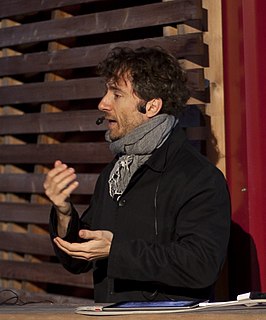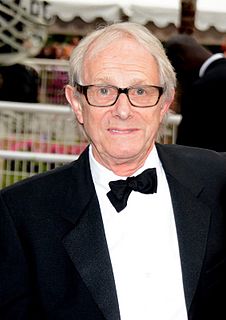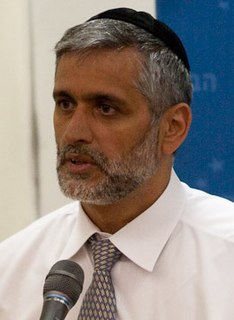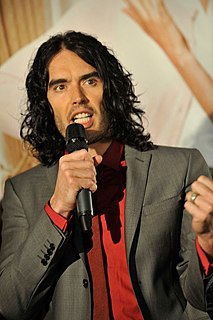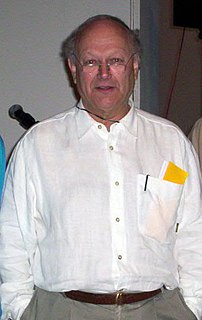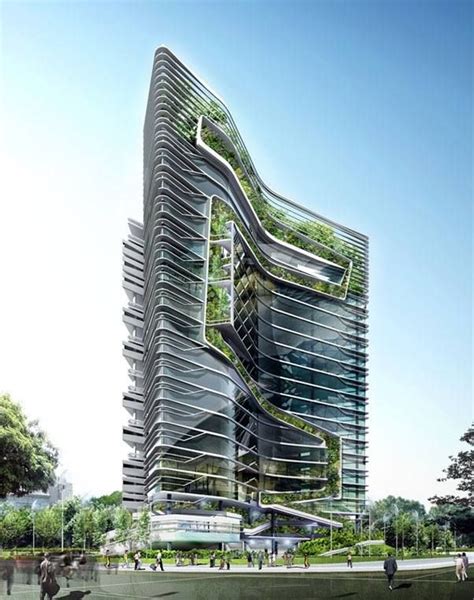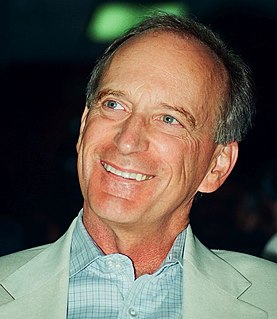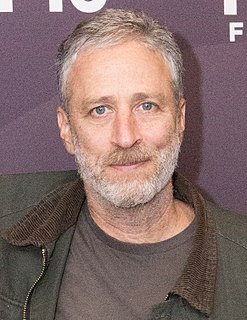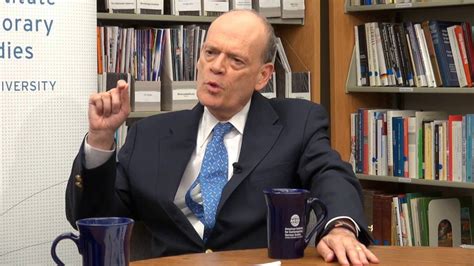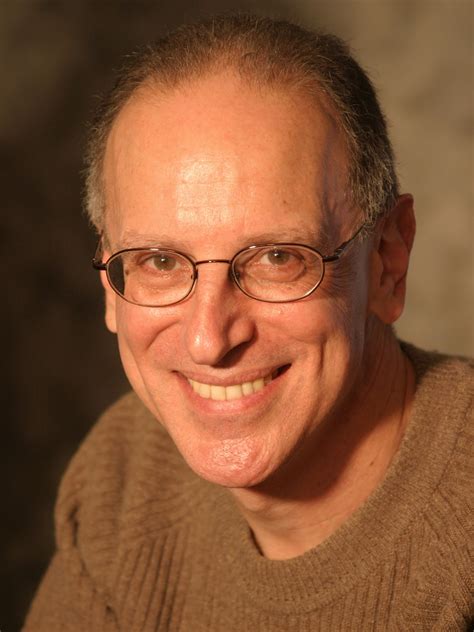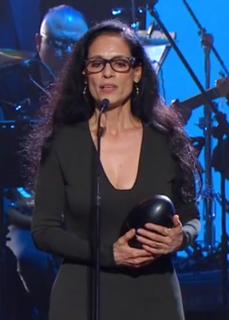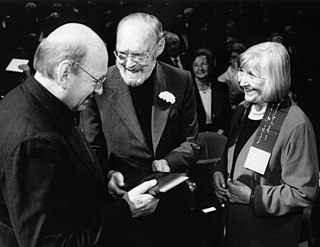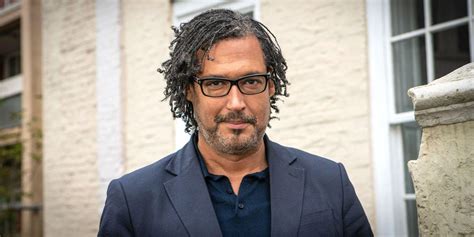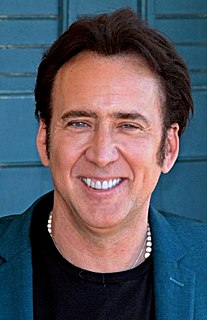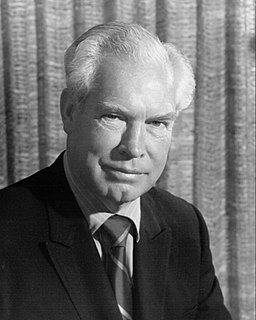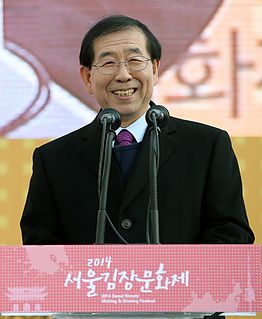Top 1149 Buildings Quotes & Sayings
Explore popular Buildings quotes.
Last updated on April 14, 2025.
Cities need old buildings so badly it is probably impossible for vigorous streets and districts to grow without them.... for really new ideas of any kind--no matter how ultimately profitable or otherwise successful some of them might prove to be--there is no leeway for such chancy trial, error and experimentation in the high-overhead economy of new construction. Old ideas can sometimes use new buildings. New ideas must use old buildings.
Where can we find greater structural clarity than in the wooden buildings of the old. Where else can we find such unity of material, construction and form? Here the wisdom of whole generations is stored. What feelings for material and what power of expression there is in these buildings! What warmth and beauty they have! They seem to be echoes of old songs.
I'm very interested in buildings that adapt to changes in climatic conditions according to the seasons, buildings capable of responding to our physical and psychological needs in the way that clothing does. We don't turn on the air-conditioning as we walk through the streets in high summer. Instead, we change the character of the clothing by which we are protected. Layering and changeability: this is the key.
I think green buildings are extremely important but it's only part of the equation. A lot of people think that if I put a green building everything is going to be fine, but actually it's not just the green buildings we need, but green businesses, green governments, green economics. We have to extend the greening of buildings to our business and our lifestyles - that is the most important thing to do next.
An aggressive building performance standard for all new buildings, and a set of performance requirements to be met by all buildings before they can be sold (when upgrades can be included in the new mortgage). These should encompass heating and cooling, lighting, and plug loads. Coupled with new efficiency standards for appliances, lights, and furnaces, this should reduce the energy consumption of new buildings by 50 percent, more or less immediately, and go on from there.
In Brazil, there is a fear and a denial of our past. Downtown Rio used to display the history of colonialism in Brazil. They had beautiful buildings and theaters, and there was a bakery that was threatened to be demolished, but people insisted against it. They laid down in front of it and said, "You're going to have to go over my body to destroy it." It frustrates me when I see people on Facebook posing in front of old buildings while on vacation, because they could've posed in front of equally beautiful buildings at home in Rio.
As time went by we developed a sort of ideology without ever formulating it as such. I've always said that we are documenting the sacred buildings of Calvinism. Calvinism rejects all forms of art and therefore never developed its own architecture. The buildings we photograph originate directly from this purely economical thinking.
Public buildings, built from the rates and taxes paid by past generations, are being auctioned off by impoverished councils who need the money to pay the redundancies of workers they can no longer afford to employ. Many of these grand Victorian buildings will be turned into flats that most people will never be able to afford.
I'm afraid what we are building today will not have the same impact and sustainability of the architecture of a 100, 500 or 1,000 years ago. The buildings of those days were miracles. We don't perform such miracles today. So we should be a little more modest. For my part, I'll be glad to show one of my buildings one day to my grandchildren and say: I'm proud of that.
There are hundreds of Frank Lloyd Wright buildings around the United States and in other countries, too. Wright lived into his 90s, and one of his most famous buildings, the Guggenheim Museum in New York, was completed just before his death. Wright buildings look like Wright buildings - that is their paradox.
Buildings are seldom just buildings in downtown Chicago, they are Examples, and not a city on Earth, I swear, is as knowledgeably preoccupied with architectural meaning. Where else would a department store include in its advertisements the name of the architect who created it, or a newspaper property section throw in a scholarly exposition of theoretical design?
Layering and changeability: this is the key, the combination that is worked into most of my buildings. Occupying one of these buildings is like sailing a yacht; you modify and manipulate its form and skin according to seasonal conditions and natural elements, and work with these to maximize the performance of the building.
There was a time in our past when one could walk down any street and be surrounded by harmonious buildings. Such a street wasn't perfect, it wasn't necessarily even pretty, but it was alive. The old buildings smiled, while our new buildings are faceless. The old buildings sang, while the buildings of our age have no music in them.
Everyone must be clear that business as usual is not an option. Most of us live in buildings erected long before we were born and our successors will have to live with the environmental consequences of the buildings we construct today. It is vital that we minimise harmful impacts for those who come after us
I graduated from Wesleyan University with a B.A. in art. I was really headed toward an architecture degree, but when I did the requirements for the major, I realized I was more interested in how people live in buildings than in making buildings. I was more interested in the interactions that happened inside the structures.
